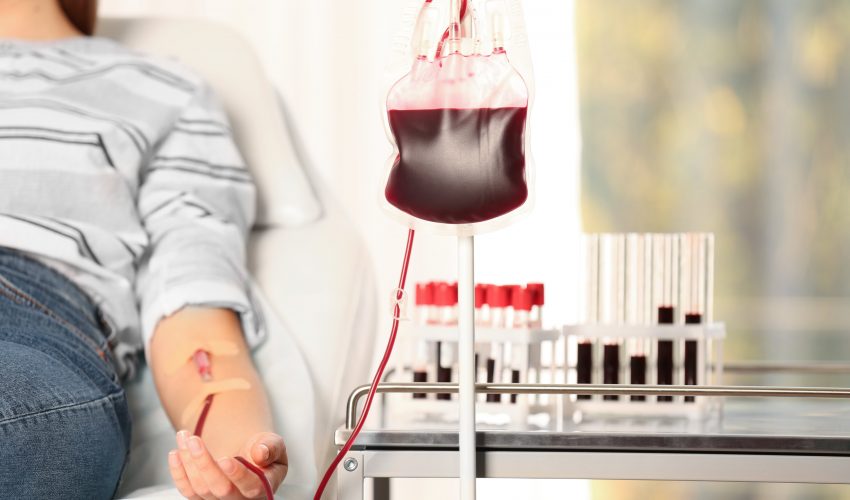Post Views: 1,593
Views No Comments
A promising and in-demand solution for COVID-19 patients is convalescent plasma therapy. Previous studies have shown how effective it is in decreasing the signs and symptoms of the virus. It has also been published that this particular therapy decreases hospital stay, lowers mortality rate, and does not show any adverse effects or complications after being administered.
Convalescent plasma therapy is a useful tool since the patient already had exposure to the coronavirus and overcame it. The plasma, which is a component of your blood, is being extracted as it contains the antibodies needed. These antibodies already know the genetic makeup of the virus, therefore, they can be easily triggered to attack and defend the host. Apart from eradicating the virus in the body, the presence of these antibodies will also give extended protection to the individual within months.
The guidelines differ depending on the state, but there are some general rules to follow. You can donate plasma if:
Once you have decided to donate your blood, you need to find an accredited blood donation organization like the American Red Cross, Armed Services Blood Program, Blood Centers of America, or American Association of Blood Banks. You will be required to go through a preliminary screening. Typically, you would go directly to a blood bank to fill out a form, but due to the social distancing, online forms are available for anyone interested.
You should expect to be asked questions such as if you have symptoms of the COVID-19 virus. They will also be inquiring about the last time you had experienced any symptoms of the disease, including fever, cough, colds, flu-like symptoms, body aches, headache, crushing pain on your chest, difficulty breathing, etc.
When you have qualified for the donation, you will then proceed to the actual site and present personal identification. An additional evaluation will be done, which will be in the form of a question and answer wherein the health care provider will ask you about your health history. They will examine your vital signs like temperature, pulse rate, respiratory rate, and blood pressure at the site.
After being approved by a clinician, you will be guided to a room and prepared for the procedure. The clinician will sanitize an area on your arm, typically at the inner folds of your elbow. A sterile needle will then be injected into the sanitized area to collect the blood. As you will notice, only the clear portion of the blood (plasma) will be extracted and the rest of the components are returned to your body.
You will then be given refreshments after the plasma donation. After being observed for no adverse reactions, you can leave the site after 20 minutes.
If you are healthy and able to, you will be saving a life with your donation. Some plasma donors have reported side effects such as dehydration, feeling dizzy or lightheaded, fainting, and fatigue. It is recommended that you have a friend or family member come with you when you donate. You may feel too dizzy to drive home yourself.
There are some cases where bruises can be seen at the site of injection. Adverse side effects could happen in very rare situations. The benefits of donating plasma far outweigh any side effects that may be experienced. A plasma donation remains promising in the fight against COVID-19.
A promising and in-demand solution for COVID-19 patients is convalescent plasma therapy. Previous studies have shown how effective it is in decreasing the signs and symptoms of the virus. It has also been published that this particular therapy decreases hospital stay, lowers mortality rate, and does not show any adverse effects or complications after being administered.

